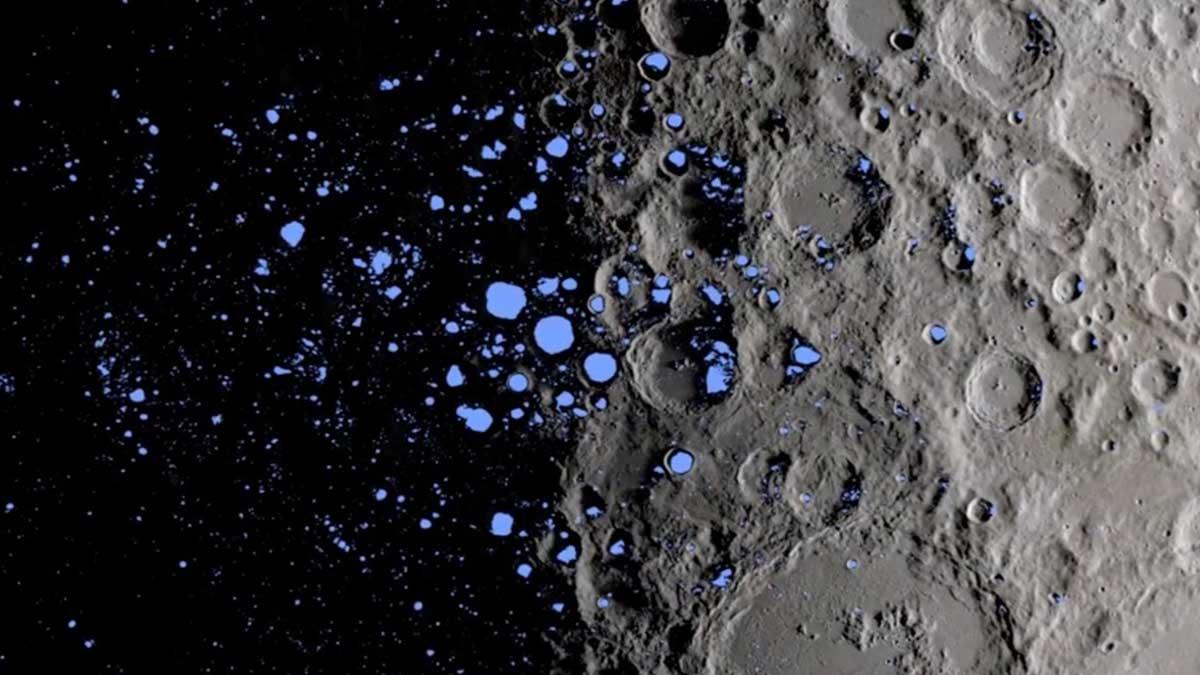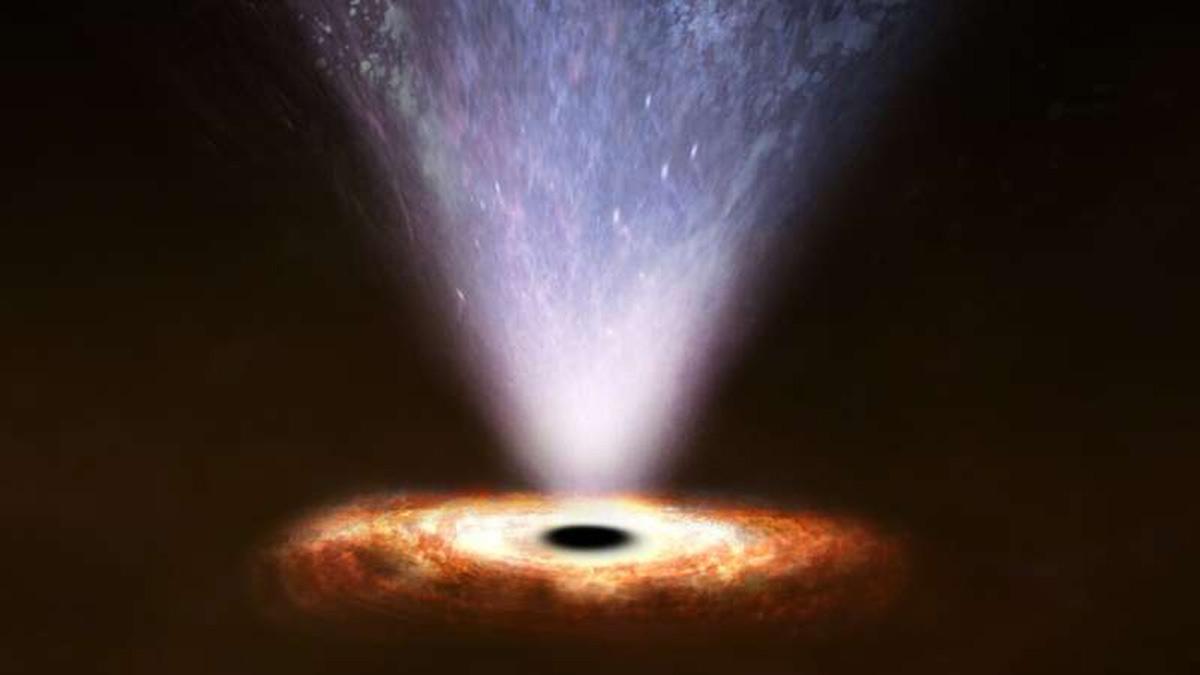A recent study conducted by scientists from the Indian Space Research Organisation (ISRO) and various other institutions has unveiled a significant presence of ice on the moon, particularly within accessible depths.
The study indicates that the volume of subsurface ice within the first few meters below the lunar surface is estimated to be 5 to 8 times greater than the amount present on the surface, particularly concentrated at both poles of the moon.
This collaborative research effort involved scientists from ISRO's Space Applications Centre (SAC), alongside researchers from IIT Kanpur, University of Southern California, Jet Propulsion Laboratory, and IIT (ISM) Dhanbad.
ISRO emphasized the importance of drilling into the moon's surface to extract or sample this ice for future missions and potential human habitation. Additionally, the study reveals that the quantity of water ice in the northern polar region is approximately double that found in the southern polar region.
Regarding the origin of this ice, the study supports the theory that subsurface water ice in the lunar poles primarily originated from volcanic outgassing during the Imbrian period. Furthermore, the research suggests that the distribution of water ice is influenced by Mare volcanism and selective impact cratering.
Utilizing a combination of seven instruments including radar, laser, optical, neutron spectrometer, ultra-violet spectrometer, and thermal radiometer aboard the Lunar Reconnaissance Orbiter, the research team aimed to comprehend the source and distribution of water ice on the moon.
ISRO emphasized the critical importance of accurately determining the distribution and depth of water ice in the lunar poles for future missions aimed at exploring and characterizing lunar volatiles. This knowledge is pivotal in minimizing uncertainties in selecting landing and sampling sites for upcoming missions.
The findings from this study hold significant implications for ISRO's forthcoming in-situ volatile exploration endeavors on the moon. ISRO further announced that the study has been published in the flagship journal of the International Society for Photogrammetry and Remote Sensing
Read also | How Does Testagen Peptide Work?


















